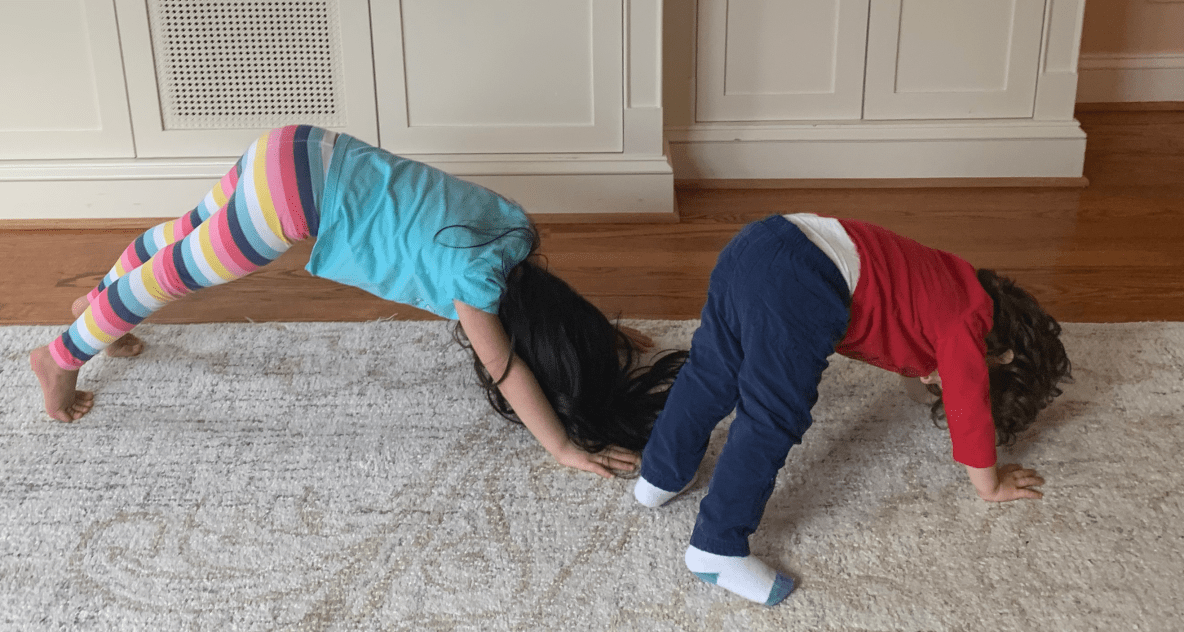Easy Tips For Creating A Home Learning Space
As the COVID-19 pandemic continues, many children will begin their 20-21 academic year with distance learning, which means parents must find a way to set up a virtual classroom at home. Being unexpectedly thrown into distance learning at the end of last year was challenging for many families.
Now that you have time to prepare, how can you set up a homeschooling space to help your child succeed? What components actually make a good distance learning space? Here are some easy tips for creating a home learning space from a pediatrician (along with some good advice from my daughter’s preschool teacher!).
Brief Summary
Set up the space: Pick out a dedicated space for home school and organize it so your child has easy access to all the tools they need, along with reliable internet access and a clock.
Set the mood: Ambiance and consistency are key. Let your child personalize it so they enjoy the space. Remove distractions.
Set expectations: A conversation with your child before the start of the school year is important. Plan a consistent routine for before and during the school day which allows for breaks and snacks. Clarify with your child ahead of time what the rules are for phones and other distractions.
Set Up The Space
A dedicated area
Set up a designated “learning” space where your child can engage in both synchronous and asynchronous learning. This does not necessarily have to be a separate room if you have a smaller home (or multiple children), but defining the space will help your child associate it with the right mindset. For most children, their bedroom is not an ideal location for this space: there are too many distractions, and having gadgets such as computers or ipads in the room at night might tempt your child to stay up past bedtime.
Storage and tools
Organize the area so there is easy access to necessary materials (such as pencils, notebooks and folders, art supples and a laptop with a charger). You can repurpose items you already have at home, such as a foldout table for a desk and a shoe organizer or small boxes as storage bins.
Wifi
Check your signal and ensure that you have adequate bandwidth, especially if you will have multiple people in the family using the internet at the same time during the day. Consider investing in a headset or noise-cancelling headphones as well.
Clock or timer
An easily visible clock or timer is essential to help children plan for the next break or snack. Check back soon for a separate post on healthy snack ideas!
Seating
Consider ergonomics. Choose a chair with adequate back support and make sure your child is at a comfortable height so their wrists and hands are not straining upwards (Moonbeam* is petite and will need a booster). If legs are dangling, let them rest their feet on a stool. It may also be helpful to have a few different options for seating (a bean-bag chair, pillows on the floor, etc).
Lighting
Make sure the space is well lit throughout the day. Add lamps if needed.
*Not her real name
Set Expectations
The morning routine
Children thrive on routine and structure, especially during this time of uncertainty. Wake up at a consistent time, get ready (dress for success in school-appropriate clothes — no pajamas!), eat breakfast, etc. Much of this will be similar to school before COVID-19.
A daily schedule
For many, the virtual school day will already be structured with regular breaks. An ideal schedule includes a 10-15 minute break every 30-45 minutes. To avoid eye fatigue, try to have your child give the eyes a rest by focusing on objects further away during the breaks (an easy way to do this is to have them go outside briefly). Make a visual calendar for a younger child to help them understand and remember the routine.
Oh, those dreaded screens!
Getting text messages and checking your social media is distracting, no matter your age. If your child has a phone, make sure you have defined expectations regarding phone use and location during the day. Ideally the phone should only be used during designated times. Keep it in a different room to avoid temptation!
Set The Mood
Distractions
Your home learning space should be clutter-free and without distractions such as the TV, video games and toys, and (ideally) younger siblings (reality check: this is an actual photo of our playroom recently). Consider purchasing noise-cancelling headphones to help minimize distraction and make a plan for where younger siblings will be during the school-day.
Make it their own
Encourage your child to decorate and personalize the space! In all likelihood, this will be where they spend a large portion of the week. If your child has some apprehension about this coming school year (this may be especially true if virtual learning in the last few months of last academic year did not go well) allowing them to create some positive associations with the space may help!
Final Thoughts
“Children are not small adults” is a common adage in pediatric training. This is not only true for their medical problems. A home office for an adult will look very different than the set up a child might need. And your set-up may change over the first few weeks as you and your child figure out what works best for them.
As our favorite preschool teacher said, we will all need “a healthy dose of patience and flexibility” this year. So practice your downward dogs, channel that zen, and lets begin the adventure.



